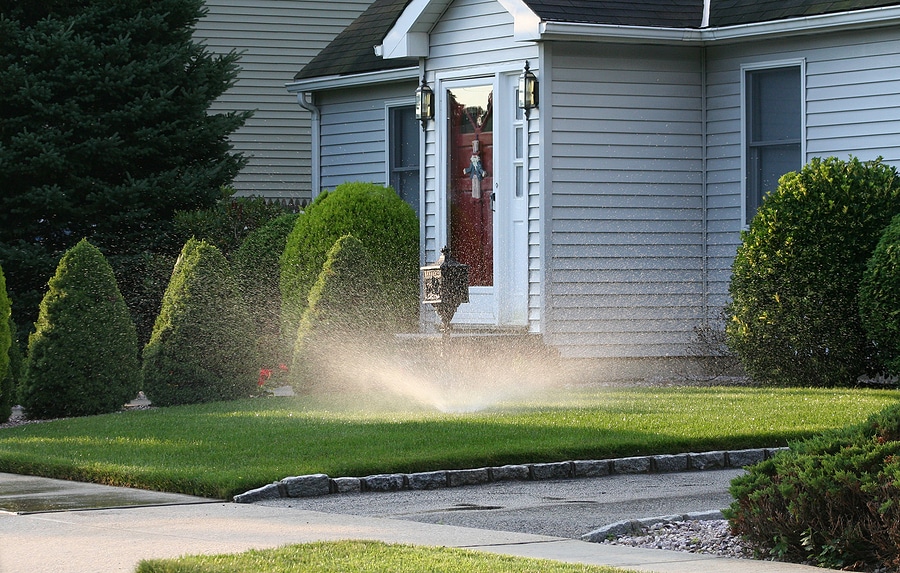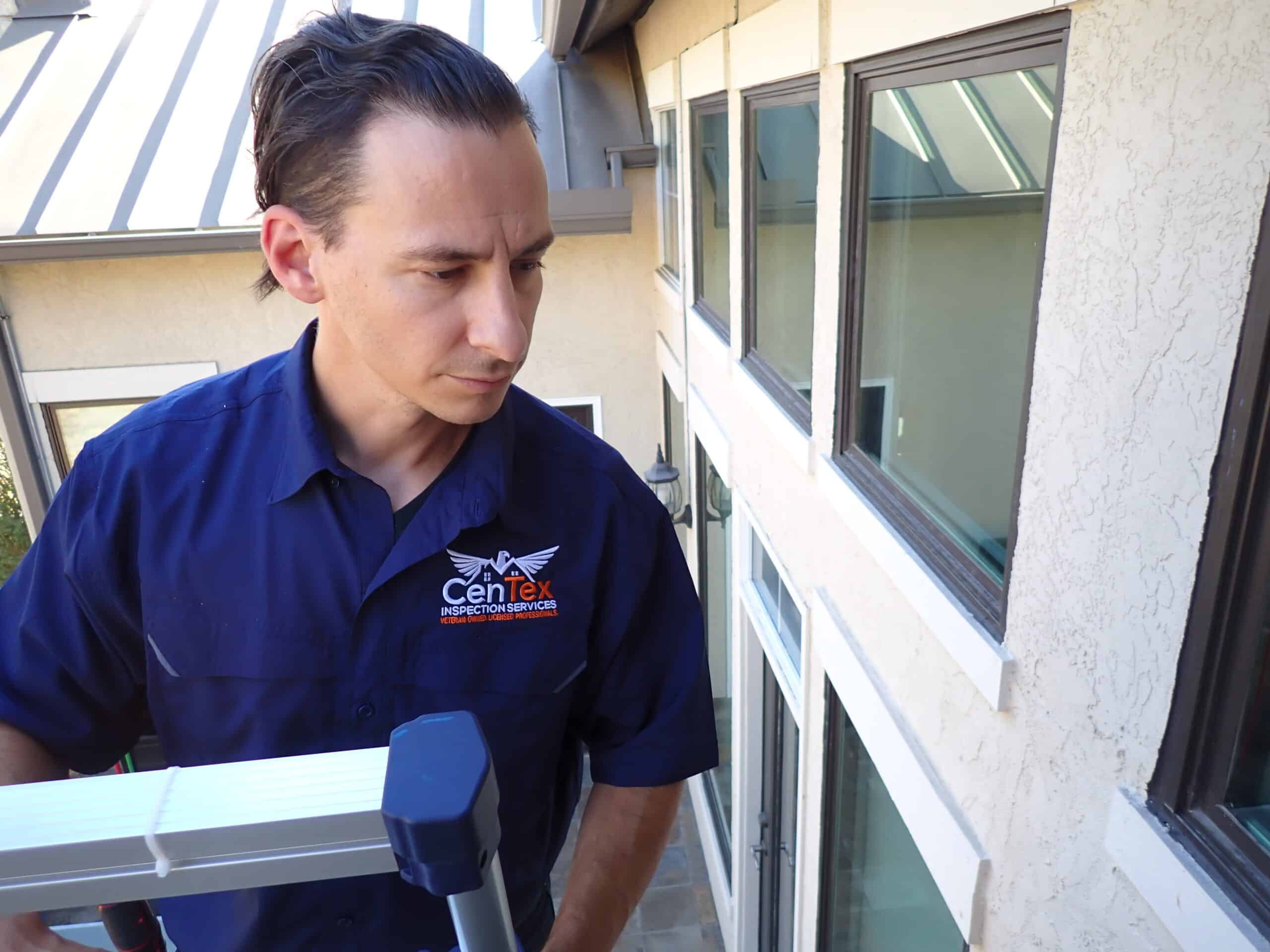February 15, 2024
In addition to being aesthetically pleasing, a lush, green lawn is an indication of a well-kept home. This colorful landscape is meticulously maintained in the background by a dependable sprinkler system. Inspections must be done on a regular basis to make sure your sprinkler system is capable. In this extensive manual, we delve into the nuances of sprinkler system inspections, equipping homeowners with the skills necessary to keep their outdoor haven blooming.
The Importance of Sprinkler System Inspections: Nurturing Your Landscape Investment
A homeowner’s best friend in keeping their grass lush and healthy is a sprinkler system. But over time, system complexity, environmental variables, and wear and tear can cause malfunctions or inefficiency. Regular inspections work as a preventative step, enabling homeowners to protect their investment in a lovely landscape, optimize water usage, and solve issues as soon as they arise.
The Components of a Sprinkler System: Understanding the Anatomy
Prior to beginning an inspection, it is important to comprehend the parts of a typical sprinkler system:
Controllers:
- The controller, which is the system’s brain, determines the frequency and length of watering.
- Valves:
- These are managed by the controller and control the water flow to particular zones.
- Sprinkler Heads:
- Apply water to specified regions. They are available in several varieties, such as rotor heads and spray heads.
- Pipes and connections:
- Water is moved from the source to the sprinkler heads via this network of pipes and connections.
- Rain Sensor:
- An apparatus that senses precipitation and overrides the controller to stop watering when it isn’t needed.
Comprehending these constituents establishes the foundation for an exhaustive examination.
Seasonal Inspections: Tailoring Your Approach
Sprinkler system inspections are best approached seasonally, with specific considerations for each period:
Spring Inspections:
- Check for winter damage: Inspect pipes, valves, and sprinkler heads for any damage caused by freezing temperatures.
- Adjust sprinkler heads: Ensure they are properly aligned and free of obstructions.
- Test the system: Run a test cycle to identify and address any issues with water distribution.
Summer Inspections:
- Monitor watering frequency: Adjust the watering schedule based on weather conditions to prevent overwatering or underwatering.
- Clean and adjust sprinkler heads: Remove debris and ensure proper alignment for efficient water distribution.
- Inspect for leaks: Check for any signs of leaks in the pipes or around sprinkler heads.
Fall Inspections:
- Adjust watering schedule: As temperatures drop, reduce the frequency of watering to match the changing needs of the landscape.
- Prepare for winter: Drain the system to prevent freezing, and insulate exposed pipes.
Winter Inspections:
- Monitor for ice damage: Check for any damage caused by ice or freezing temperatures.
- Plan for spring: Prepare the system for the upcoming growing season by addressing any issues from the winter.
A Step-by-Step Guide to Sprinkler System Inspections: Flowing Through the Process
Follow these steps for a thorough sprinkler system inspection:
Review the Controller:
- Check the programming and ensure it aligns with the current season and weather conditions.
- Verify that the date and time are accurate.
Inspect Valves:
- Manually open and close each valve to check for smooth operation.
- Look for leaks around the valves.
Examine Sprinkler Heads:
- Clean debris from around each sprinkler head.
- Check for proper alignment and adjust if needed.
- Inspect for damage or wear.
Test the System:
- Run a test cycle to observe the system in action.
- Note any uneven water distribution or issues with specific zones.
Check for Leaks:
- Inspect pipes, connectors, and valves for signs of leaks.
- Monitor the area around sprinkler heads for water pooling.
Evaluate Coverage:
- Ensure that each zone covers its designated area without overspray onto sidewalks or driveways.
- Adjust the range and pattern of sprinkler heads as necessary.
Inspect Rain Sensor:
- Verify that the rain sensor is functioning correctly by simulating rainfall and checking the controller’s response.
Review Soil Moisture:
- Check the moisture level in the soil to gauge the effectiveness of watering.
Common Issues and Solutions: Troubleshooting the Flow
During sprinkler system inspections, homeowners may encounter common issues that require attention:
Uneven Watering:
- Adjust sprinkler heads for proper alignment and coverage.
- Ensure that each zone has consistent water pressure.
Clogged Sprinkler Heads:
- Clean debris from clogged sprinkler heads.
- Replace damaged or worn-out heads.
Leaks:
- Tighten loose connections.
- Replace damaged pipes, valves, or connectors.
Programming Errors:
- Correct any programming errors in the controller.
- Ensure the watering schedule aligns with seasonal needs.
Overwatering or Underwatering:
- Adjust the watering schedule based on seasonal requirements.
- Monitor soil moisture levels to fine-tune watering frequency.
The Benefits of Professional Inspection Services: Going Beyond DIY
While homeowners can perform routine inspections, there are distinct advantages to enlisting the services of professionals:
Expertise:
- Certified irrigation professionals bring specialized knowledge and experience.
- They can identify and address issues that may go unnoticed during a DIY inspection.
Efficiency:
- Professionals can efficiently assess the entire system, ensuring a comprehensive inspection.
- They have the tools and resources to quickly address any problems.
Seasonal Adjustments:
- Professionals can tailor the system to seasonal changes, optimizing water usage.
- They can recommend adjustments based on local climate patterns.
Upgrades and Innovations:
- Professionals can suggest upgrades or innovations to enhance system efficiency.
- They stay abreast of the latest technologies in irrigation.
Time Savings:
- Hiring professionals saves homeowners time, allowing them to focus on other aspects of property maintenance.
- Professionals can complete the inspection efficiently, minimizing disruption to the homeowner’s schedule.
Nurturing Your Landscape with Confidence
A bright, healthy landscape is dependent on a well-maintained sprinkler system. Regular inspections may help homeowners make sure their system is running as efficiently as possible, saving water and taking care of their outdoor haven. Ensuring that every drop of water adds to the blossoming beauty of your home’s exterior is the ultimate goal, whether you choose to tackle the task yourself or hire qualified pros.





